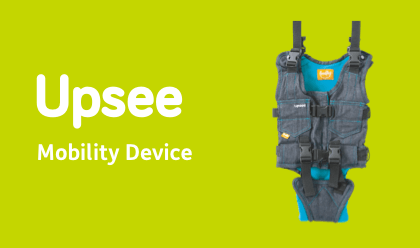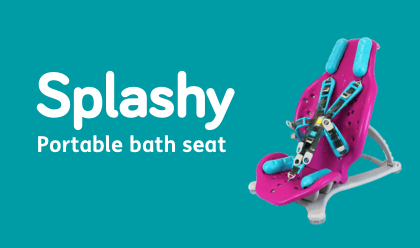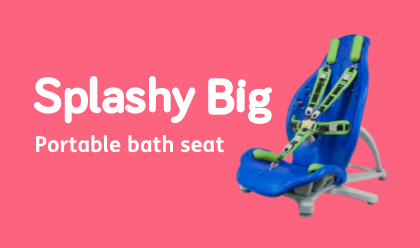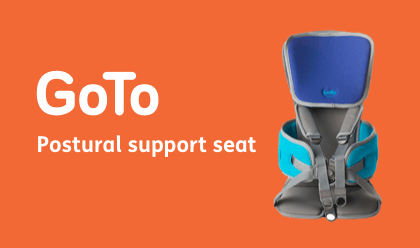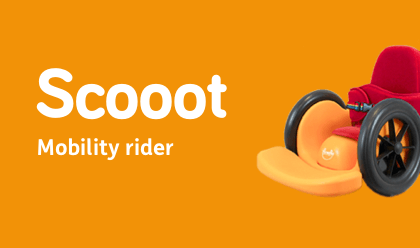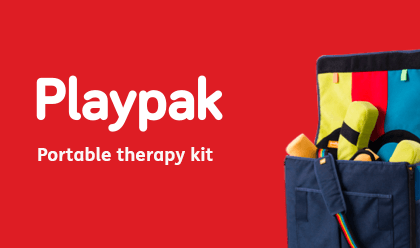Non-Verbal Doesn’t Mean Non-Communicative
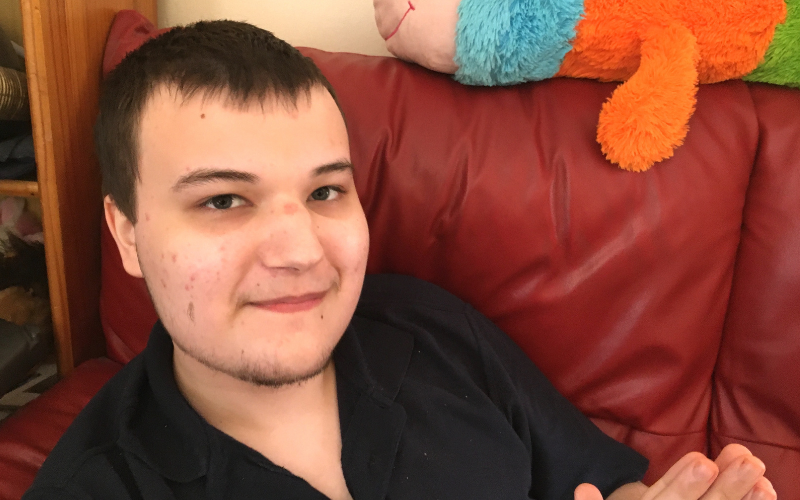
There is a perception ‘out there’ that children who, for all kinds of reasons, are labelled or identified as ‘non-verbal’, are unable to communicate. That having less speech than other children (or no perceived speech at all) means that they cannot share how they are feeling, what they need, what they want to do, or any of the vast range of things that humans communicate with each other all day, every day.
This perception creates huge levels of anxiety both for the children themselves and their families. Speaking ‘like everyone else’ becomes a mountain to climb, something that must be conquered at all costs. What it can also do is to overlook and diminish the many other wonderful ways that children communicate, often subtly, but nevertheless being used clearly to share so much with us.
Those who have studied nonverbal communication tell us that perhaps 60-70 per cent of our communication doesn’t rely on words. So why do we put so much energy into trying to force our ‘nonverbal’ children to use that 30-40 per cent of communication and speak, instead of also focussing on learning their communication skills and ways of sharing with us that are perhaps twice as common? It’s like trying to teach Japanese to a child without understanding or using their own first language.
Whether it is the use of eye contact, facial expressions, gestures, positioning and posture, all kinds of body language, mood, or the sounds made, the loudness, pitch, rhythm or tone used, all and more are communicative.
My son, James, has a very limited range of verbal communication, maybe 20 words that he can use, but his communication is fluent. He makes it abundantly clear how he is feeling, what he wants or needs, what he wants to do etc. We just need to tune in to his communication and understand it. Just like any ‘language’ it can take time to learn the communication our children use; sometimes we don’t pick up on something straight away and this can cause frustration, but patience and practice help!
One of James’ few words is “appy!”, which he will often use to communicate how he is feeling, whether he is happy or not. If James uses “appy!” while his face is frowning and his lips are turned down, if his eyes are downcast, if his tone is abrupt and low, if he is scrunched up on the sofa with his legs pulled up, he is telling us how he is feeling in all of those ways while using “appy!” as a general catch-all for feelings.
Non-Verbal communication is complex and can take more decoding than verbal communication, but it can be just as rich and expressive if we are willing to learn it. So, if your child is labelled or identified as ‘non-verbal’, as well as carefully exploring ways together to see if they can develop some use of speech, make sure you learn their language too…it’s just as beautiful!

